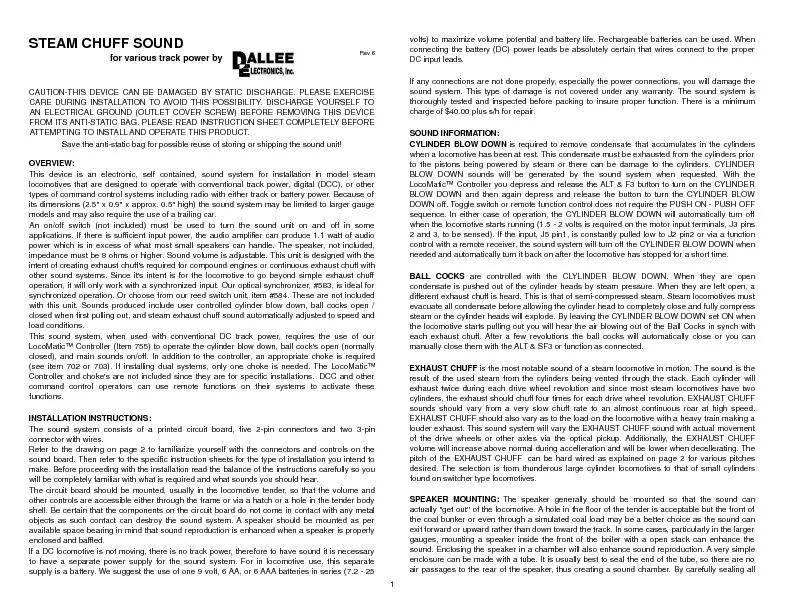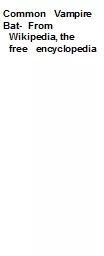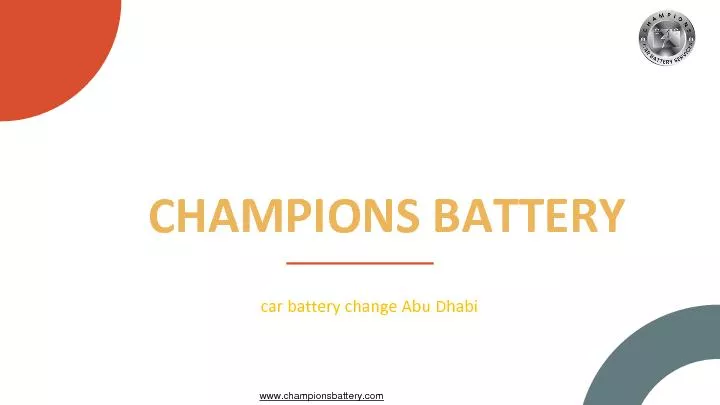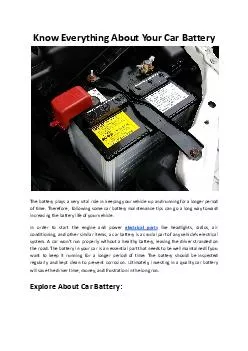PDF-volts) to maximize volume potential and battery life. Rechargeable bat
Author : calandra-battersby | Published Date : 2016-05-20
for various track power byCAUTIONTHIS DEVICE CAN BE DAMAGED BY STATIC DISCHARGE PLEASE EXERCISECARE DURING INSTALLATION TO AVOID THIS POSSIBILITY DISCHARGE YOURSELF
Presentation Embed Code
Download Presentation
Download Presentation The PPT/PDF document "volts) to maximize volume potential and ..." is the property of its rightful owner. Permission is granted to download and print the materials on this website for personal, non-commercial use only, and to display it on your personal computer provided you do not modify the materials and that you retain all copyright notices contained in the materials. By downloading content from our website, you accept the terms of this agreement.
volts) to maximize volume potential and battery life. Rechargeable bat: Transcript
Download Rules Of Document
"volts) to maximize volume potential and battery life. Rechargeable bat"The content belongs to its owner. You may download and print it for personal use, without modification, and keep all copyright notices. By downloading, you agree to these terms.
Related Documents














